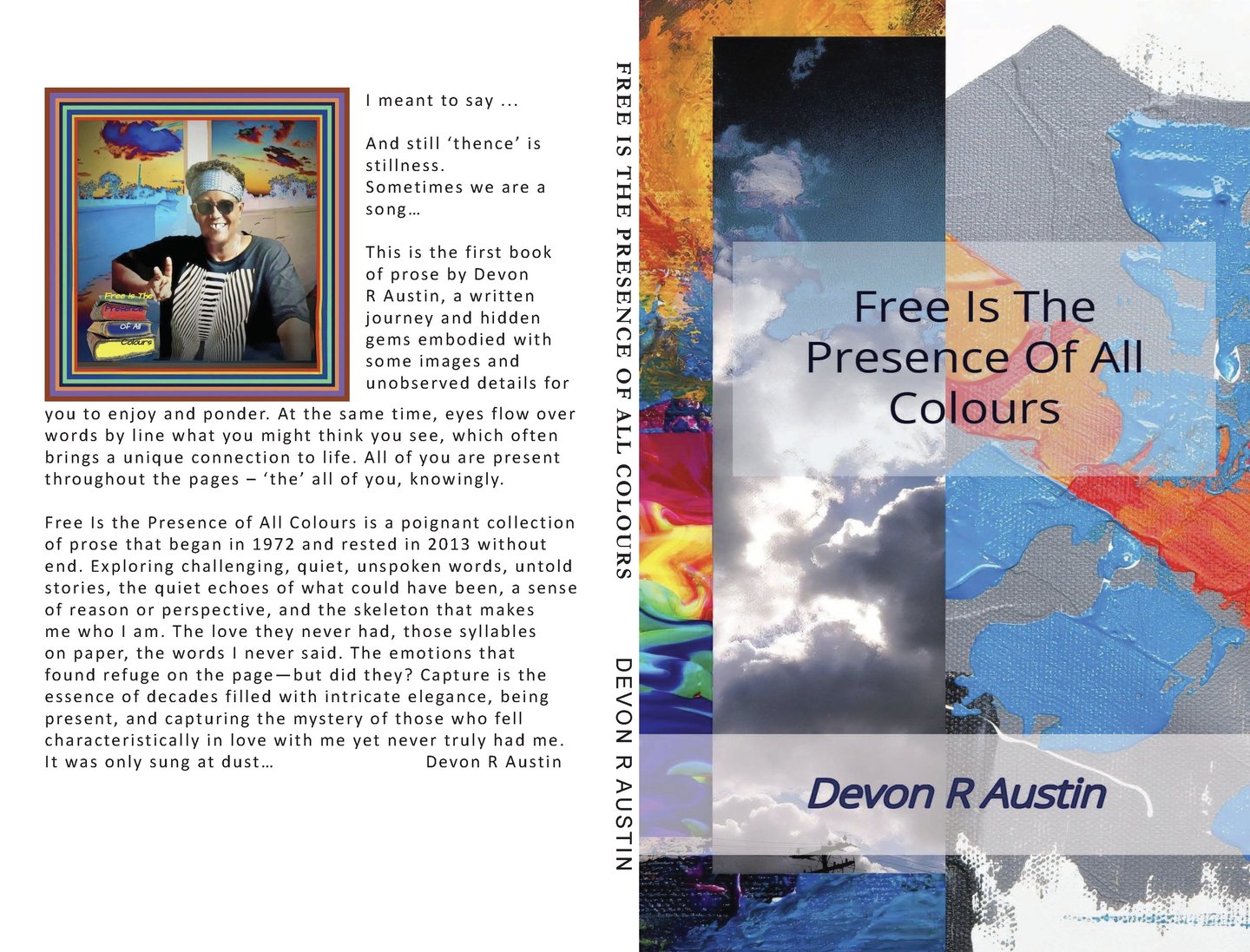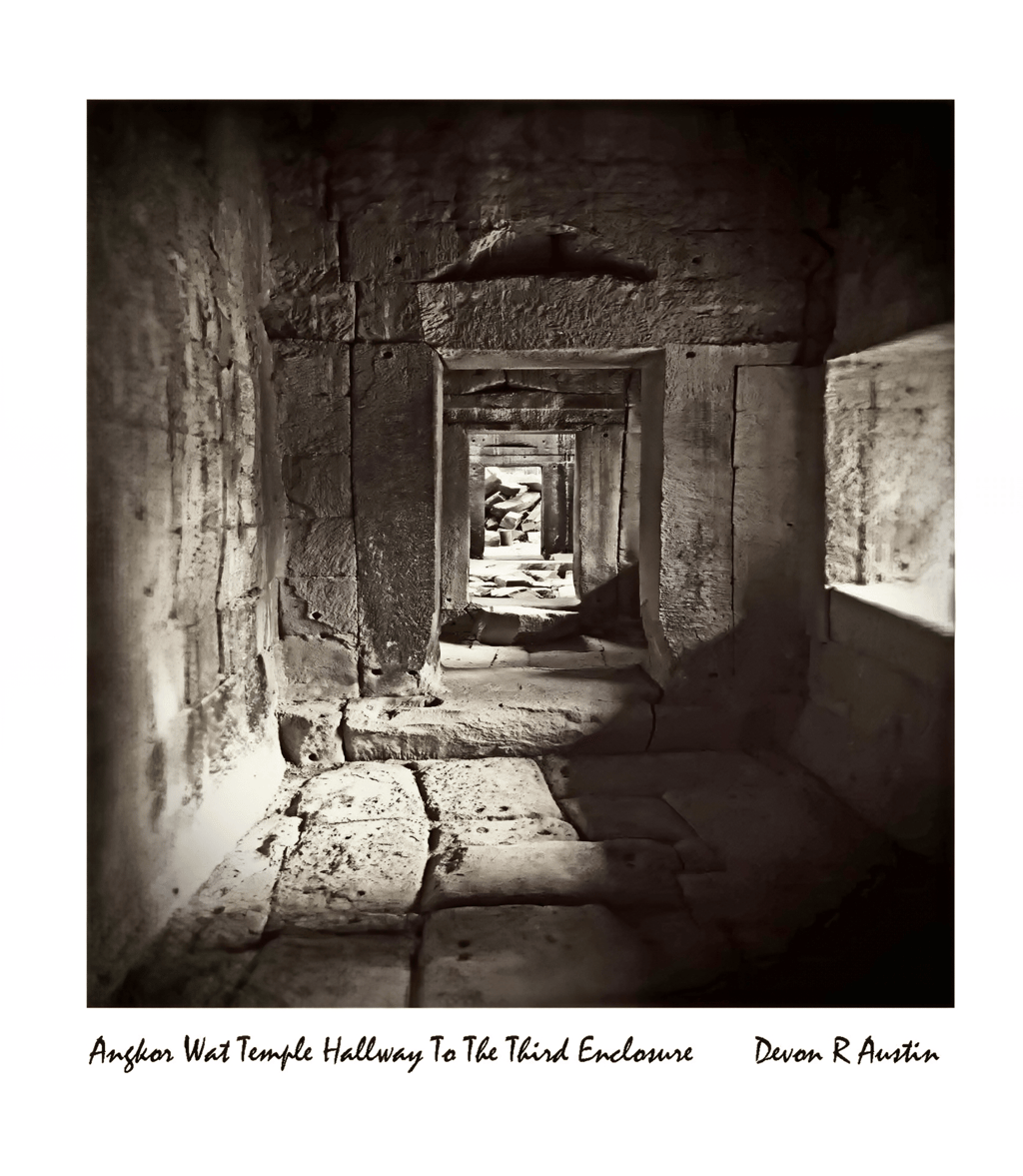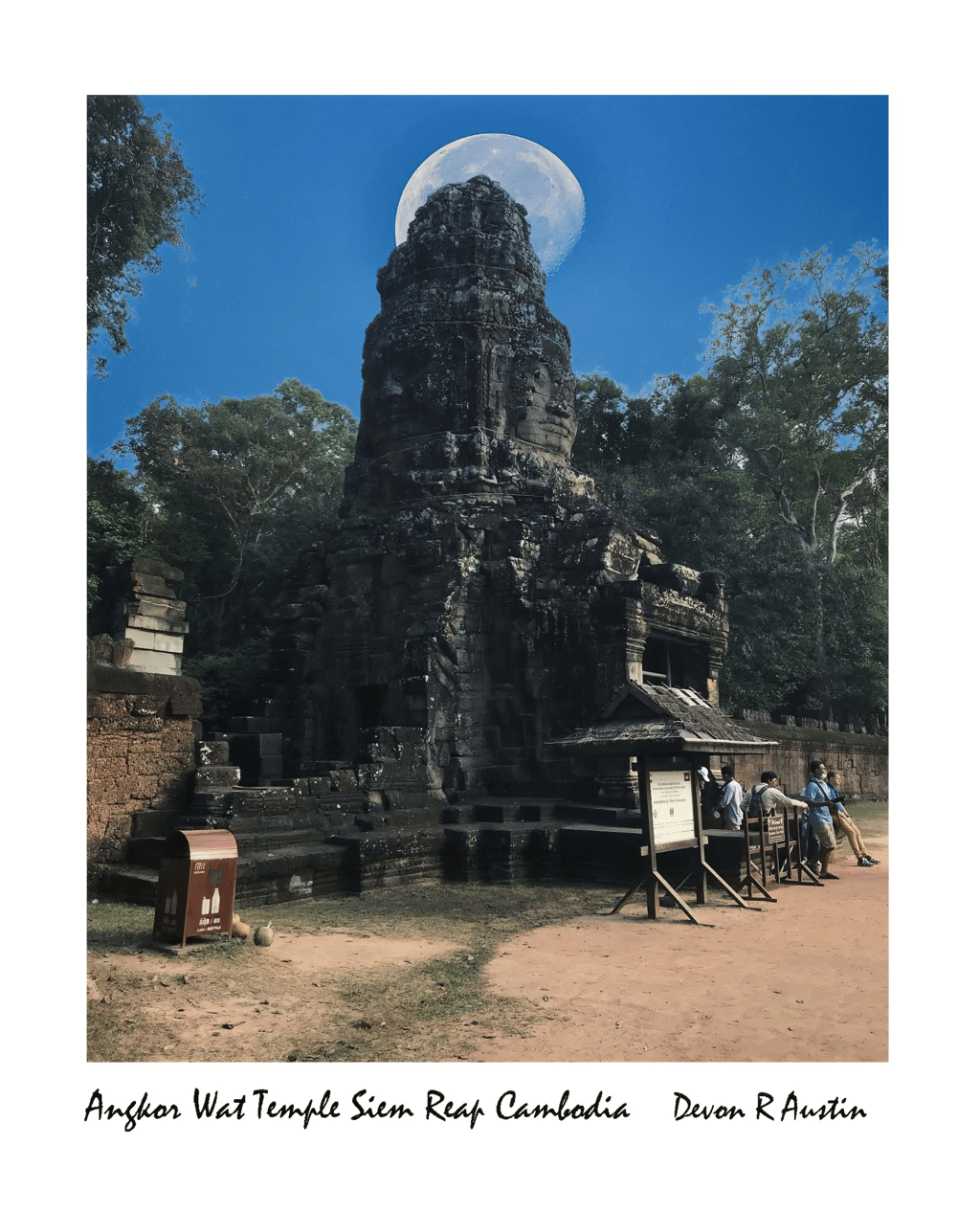Stories that live between words, waiting to be felt.
A Story in Words: Free Is The Presence of All Colours


A collection of prose spanning decades, Free Is The Presence of All Colours captures quiet echoes, unspoken emotions, and hidden stories.
Each page invites pause and reflection, offering presence in stillness and the beauty of what remains unsaid.
The Book can now be purchased at Barnes and Noble beginning 11/01/2025.
Each photograph in my gallery tells a story—capturing moments shaped by time, place, and emotion. From spontaneous street scenes to thoughtfully composed landscapes, every image reflects a unique experience, often sparked by unexpected encounters or hidden gems discovered along the way. This gallery isn't just a collection of pictures—it's a visual journal. Each frame has its journey, waiting to be explored.
Behind the Lens: The Story Within


Immerse yourself in the timeless allure of Angkor Wat, where the captivating essence of history unfolds as the majestic hallway guides your gaze to the temple's third enclosure. The "hallway" to the third enclosure at Angkor Wat, actually a series of galleries, features intricate bas-reliefs depicting Hindu epics and royal processions, and is accessed via a cruciform terrace and causeway


Where stone meets the sky and ancient wisdom greets the moon, the temple rises like a timeless sentinel, crowned by the glowing orb of night. Carved faces watch silently, guardians of history gazing into eternity as the moon hovers perfectly behind, as if placed by the gods themselves.
This is Angkor, not just as a monument but as a moment where legend and light align. Honestly, this one’s a mic drop. The moon placement is the chef’s kiss.
